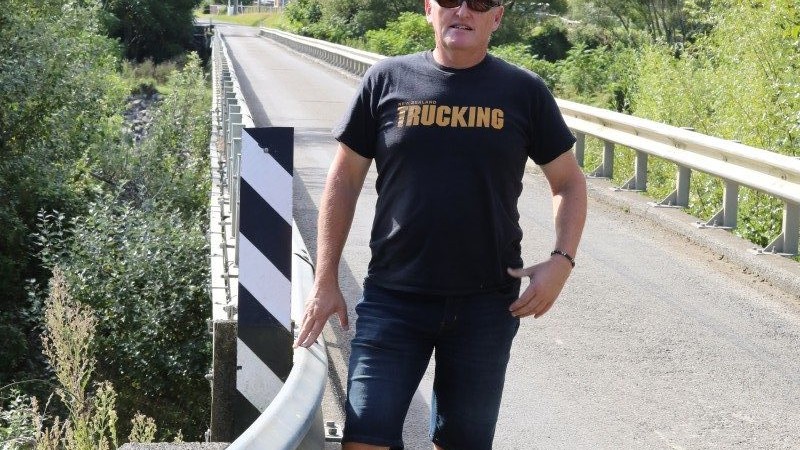
Ignorant, liberal pressure groups often enjoy painting farming in a dim light, as they do road transport. Ironically, you’d be hard-pressed to find two industries developed countries rely on more than rural transport and farming. Additionally, it would be difficult to find two industries more reliant on each other for their respective success. There’s no question we must stand shoulder to shoulder in the trenches and fight that broader societal-awareness fight together.
However, when does turning a blind eye become an apparent need for a white cane and a seeing-eye dog? I’m talking operators of farm tractors towing trailers and implements on national and regional roading networks, inching their wheels ever closer to the taking-the-piss line when it comes to compliance. And then their own industry representation – and the police – appearing to take a continued blind-eye approach, almost to the point of undermining the credibility of both parties.
It’s an area raised with us on an increasing and ever more animated basis from the truck-driving community. Here are some recent examples –
- Heavy tractors and loader wagons operating at night on the Hauraki Plains (SH27), with one orange flashing beacon facing rear on the top of the trailer and no taillights and no indicators (side or rear), with two narrow-set headlights on the towing tractor.
- In the Rakaia Gorge, a modest tractor of about 120hp size pulling a three-axle trailer of a type built for heavy trucks. It was loaded with large square hay bales with inadequate restraint (including no headboard). The size of the tractor would infer there was no compressor supplying air to the trailer’s brakes, so it either had the brakes wound off or was operating with the yard valve applied. Additionally, there appeared to be no proper trailer coupling on the tractor.
- Again, a tractor towing a heavy truck-type trailer, this time in Southland, loaded with a 12-tonne digger that appeared inadequately restrained and travelling some distance.
- General this time, but several calls asking about the legality and enforcement of European-type heavy loader wagons, some of considerable size and load-carrying capability. Questions are asked re lighting, overloading, overspeeding, tractor-to-trailer operating weight ratios, and whether all drivers observed would have had the appropriate Class-5 licence with the constraints that document carries with it.
- The speed of large, capable tractors in an HPMV truck world means tractors are faster than they were 20 years ago and trucks slower (10hp/tonne or less is common now). The increase in population also means roads are busier. Tractor operators need to be more vigilant about this situation – especially if the size of the loader-wagon or implement means they have no idea what’s behind them. Modern tractors can easily exceed their 45km/h speed limit, making them exceptionally hard to pass.
- Of course, there are the perennial logbook questions, too.
These are just a few examples of the calls we field. The perception among many operating at the front lines of our industry is that the playing field is horribly skewed in favour of the agricultural vehicles appearing almost invisible to police and those who represent their industry.
Farmers enjoy a powerful political and advocacy representation and, we as an industry, could learn a hell of a lot from the positives of that. However, there may be negatives from that situation for them to take on board also. Not actively ‘tweaking’ those in their keep who flout the perfectly reasonable laws – the ones their allies must adhere to remain in business – is maybe one area of tidy-up for them.
In terms of the policing, it’s certainly time to take more visible action. Having an element of the farming community deciding the quote from the local carrier is too dear, and simply putting whatever it might be on the tractor and trailer and heading out onto the road network themselves in a non-compliant and overloaded way, is simply unacceptable.
It’s great that the police turn up at agricultural shows and events to spread the message, but it needs to be supported with some form of enforcement on the road. Maybe it’s time for an AVST?
All the best
Dave McCoid
Editorial Director
Read more
Protest if you must
2 Comments5 Minutes
A watched kettle…
0 Comments6 Minutes
Same old same old
0 Comments5 Minutes



